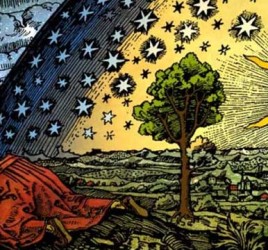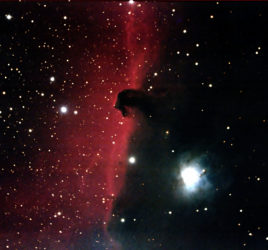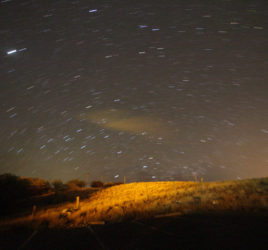
Space Telescope Issues
Aging Space Telescopes are Breaking down.
In late September 2018, the Hubble Space Telescope suffered a failing gyroscope and went into safe mode. Hubble is 28-years old and had 6 new gyros installed in 2009. Out of the 6 only 2 remain operational with this recent failure. In early October 2018, Chandra X-Ray telescope, 19-years old, also experienced the loss of a gyro. Both telescopes can be reprogrammed to work with just 2 gyros operational. It will reduce precision pointing of both telescopes, but good science can still be done. Engineers are writing, testing and uploading the new pointing software for both telescopes. Both will resume operations in about a month.
Space is a Corrosive Environment for Space Telescopes.
Cosmic radiation, micro-meteoroids combined with electrons and ions from the Sun bombard and contaminate all exposed surfaces, plus high heat alternating with deep cold during orbits cause materials to corrode and decay rapidly in space. Most commercial satellites have 15-year life spans. Technology advances rapidly and older technology that cannot be upgraded in space needs to be abandoned. These multi-billion-dollar space telescopes were designed to be robust and last as long as possible. Replacements are few and far between. Hubble will be superseded by the James Webb Telescope in 2021. Chandra has no planned replacement.
We do not need an Optical Telescope in Space.
Laser guide star adaptive optics has conquered the Earth’s atmosphere in visible light wavelengths. We can build huge mega-telescopes over 30-meters in diameter on high mountains and they will outperform Hubble routinely. Current 10-meter telescopes can resolve details 5-times smaller than Hubble can resolve and be 36-times brighter. A 30-meter class telescope will be able to see details 10-times smaller than Hubble resolution and be over 200-times brighter. This performance comes at bargain basement costs as Space Telescopes cost hundreds of millions to operate annually. Ground based mega-telescopes operate at a range of about 20-times less cost annually. As a bonus, we can upgrade ground-based telescopes rapidly and at low cost compared to any Space based solution. The main reason for future Space Telescopes is to observe in wavelengths that do not penetrate the Earth’s atmosphere. The Hubble successor James Webb 6.5-meter space telescope will operate in deep infrared that does not penetrate Earth’s atmosphere.



